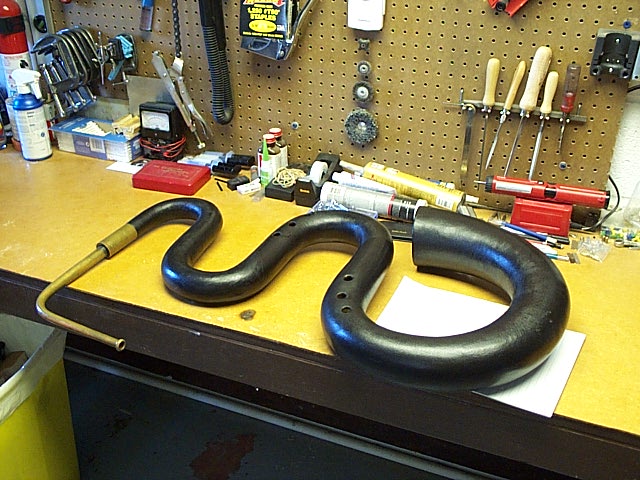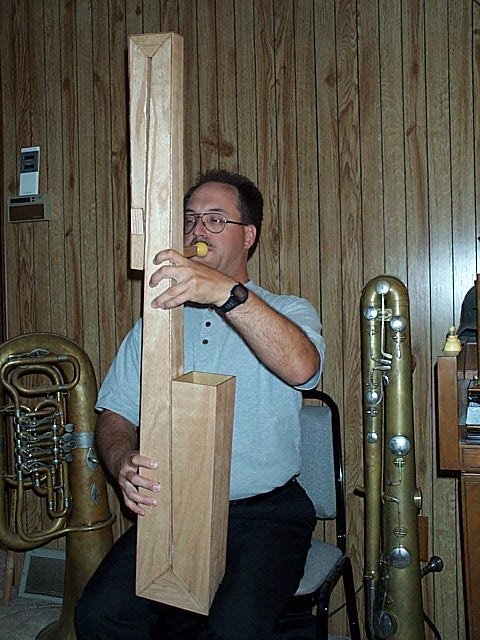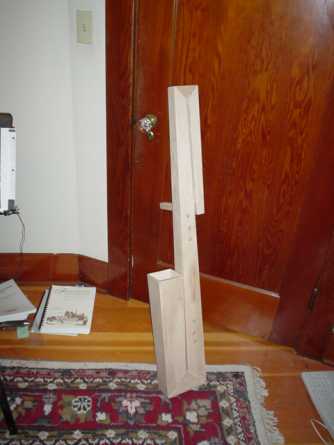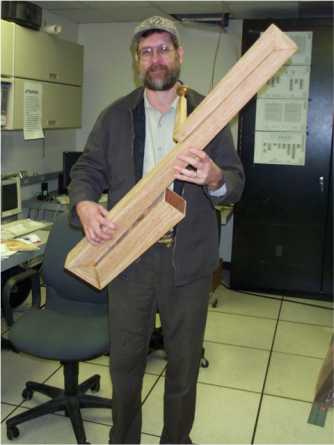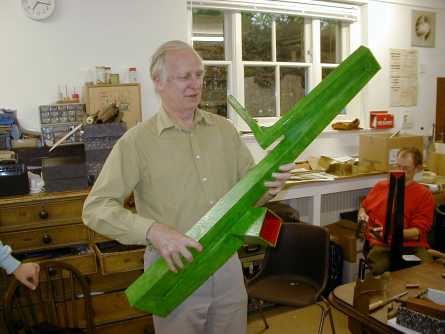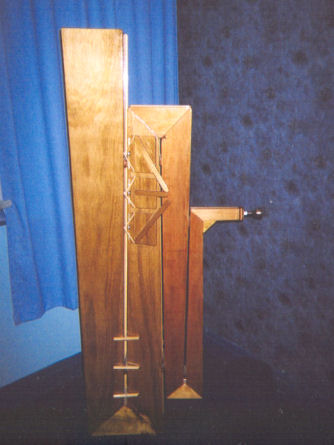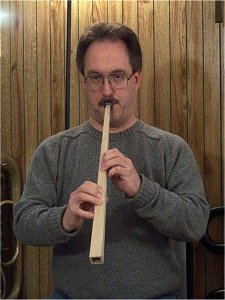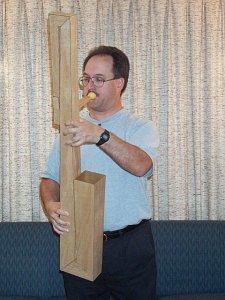
The Squarpent,
a
Serpent-like
instrument The Squarpent, a plywood serpent/bass horn (download PDF/Acrobat construction article 2.8Mb) Hear
The Squarpent play the tune "The Lost Chord''
Not very good, right? Hardly surprising!
After |
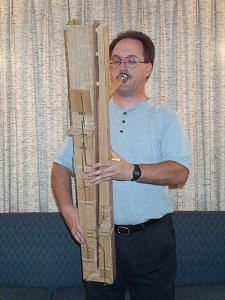
The
Box-O-Cleide, a wooden Ophicleide
(download PDF/Acrobat
construction
article 4.5Mb) Hear The Box-O-Cleide play the tune "In the Bleak Midwinter'' during its very first tests (MP3) |
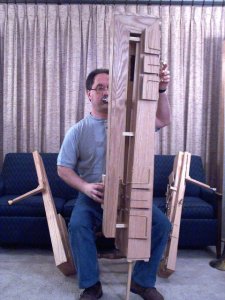
"Patrick",
a Contrabass Squarpent Hear
"Patrick" play the tune "Annie Laurie"
|
